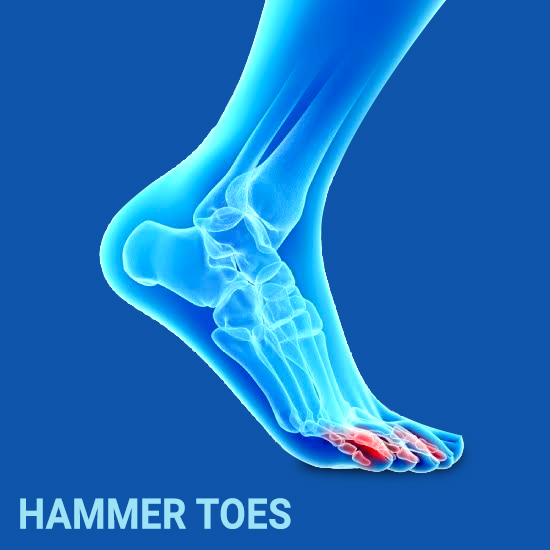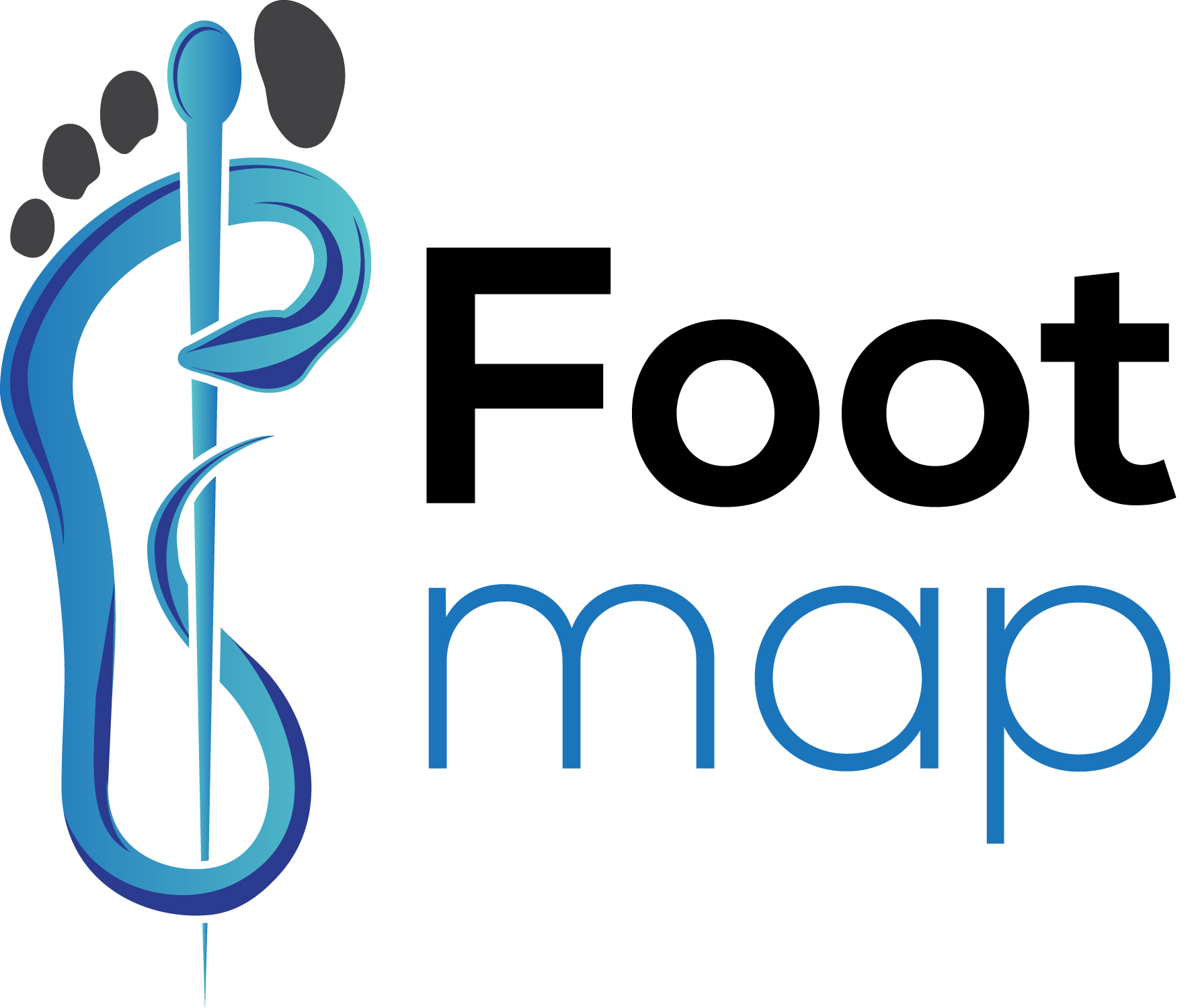Hammer Toes
 Hammertoe is the most common deformity of the lesser toes.A hammertoe happens when the muscles and ligaments around your toe joint get out of balance, and the toe instead of pointing forward will curl downward. Hammertoe deformityusually affects a person’s second toe. In some people,Hammertoe may be present at birth. But the type of shoes you wear, foot structure, trauma and specific disease processes can contribute to the development of these deformities.Generally, a hammertoe is treatable.If left unchecked, hammertoes can become more rigid and will not respond to non-invasive treatment
Hammertoe is the most common deformity of the lesser toes.A hammertoe happens when the muscles and ligaments around your toe joint get out of balance, and the toe instead of pointing forward will curl downward. Hammertoe deformityusually affects a person’s second toe. In some people,Hammertoe may be present at birth. But the type of shoes you wear, foot structure, trauma and specific disease processes can contribute to the development of these deformities.Generally, a hammertoe is treatable.If left unchecked, hammertoes can become more rigid and will not respond to non-invasive treatment
There are two types:
- Flexible hammertoes – You can still move your toe at the joint
- Rigid hammertoes. You can’t move your toe. It usually means you need surgery.
Hammertoes is a progressive condition which usually starts as mild deformities and gets worse over time. Flexible Hammertoes aretreatable with non-invasive measures.
Causes
- Muscle or tendon imbalance.
- Wearing ill-fitted shoes
- Trauma injury to the toe
- High arches
- Bunions
- Feet that rotate inward when you walk
- Arthritis
- Alcoholism
- Charcot-Tooth-Marie disease
- Polio
- Stroke
- Spinal cord tumours or peripheral nerve damage
- People born with long bones in their toes are susceptible to Hammertoe
Symptoms
- Painful or difficult moving around with the affected toe
- Pain in your toe joint where it meets your foot
- a toe that bends down or a toe that is bent upward at the middle joint
- Stiffness in the bent toes that gets worse over time
- corns or calluses
- difficulty walking and painful, especially with shoes on
- The ability to flex your foot or wiggle your toes is limited or lost
- claw-like toes
- Blisters and calluses from where your toes rub against the top of your shoes
Diagnosis
Physical Examination of your foot
X-ray
Treatment
- Oral anti-inflammatory drugs, such as ibuprofen to reduce pain and inflammation
- Corticosteroid injections to ease pain and inflammation caused by Hammertoe.
- The surgeon will realign the bent toe with splints or small straps
- Pads designed to shield corns from irritation may
- Custom Orthotic Device may help control muscle/tendon imbalance
- Ice packs on your toes to relieve pain and swelling
- Gently stretching can be done to help relieve pain and reposition the affected toe.
In some cases, Hammertoe becomes more rigid and painful and develops an open sore and, surgery is needed. Hammertoe surgery is done on outpatient basis. Some of the hammertoe surgical procedures are
- Arthrodesis – The surgeon takes out the whole joint under your crooked toes and inserts a wire to help it straighten as it heals.
- Weil osteotomy -The surgeon shortens certain bones in your foot and then puts screws in them.
- Basal phalangectomy – The surgeon takes out the base of the bone under your Hammertoe.
- Tendon transfer – The surgeon attaches tendons under your toe to the top of your toe to help it straighten out.
Management and Prevention
- Avoid tight and narrow shoes
- Choose comfortable shoes with a lots of room for toe and heels no higher than two inches such as laced or strapped shoes
- Wear shoes with soft insoles
- Use corn pads or felt padsto protect the joint that is sticking up
